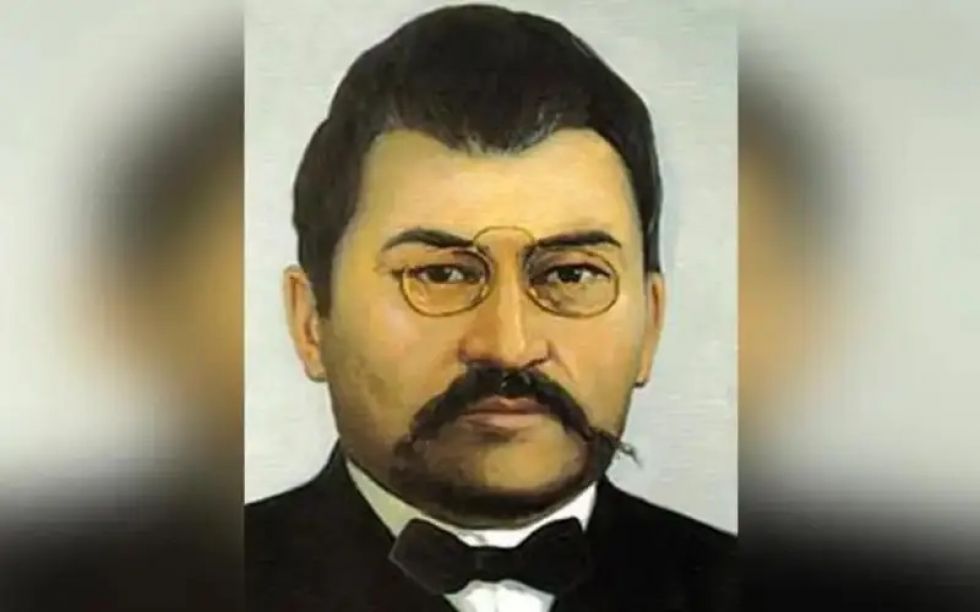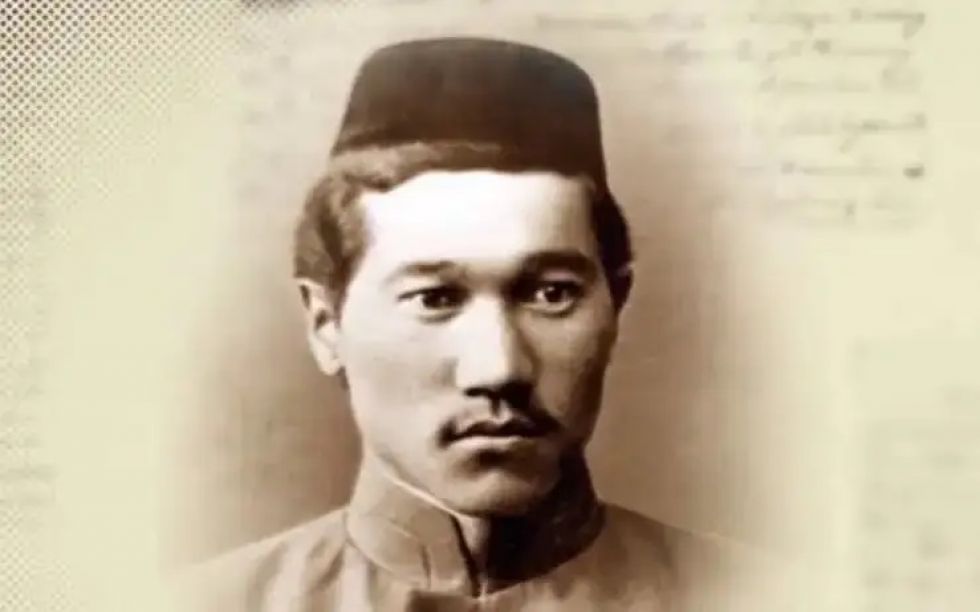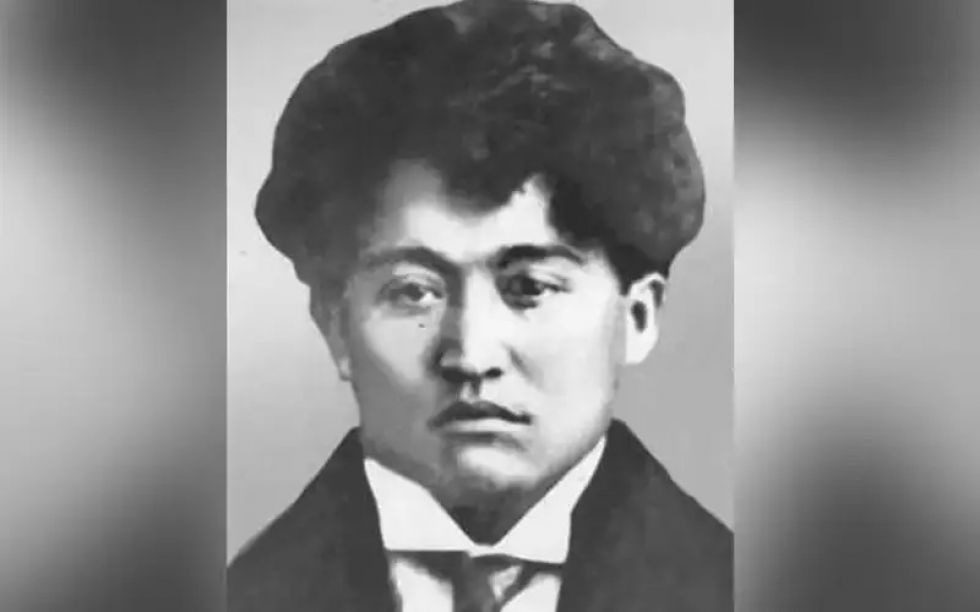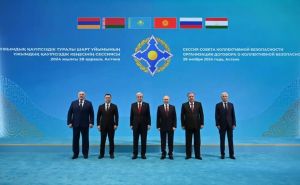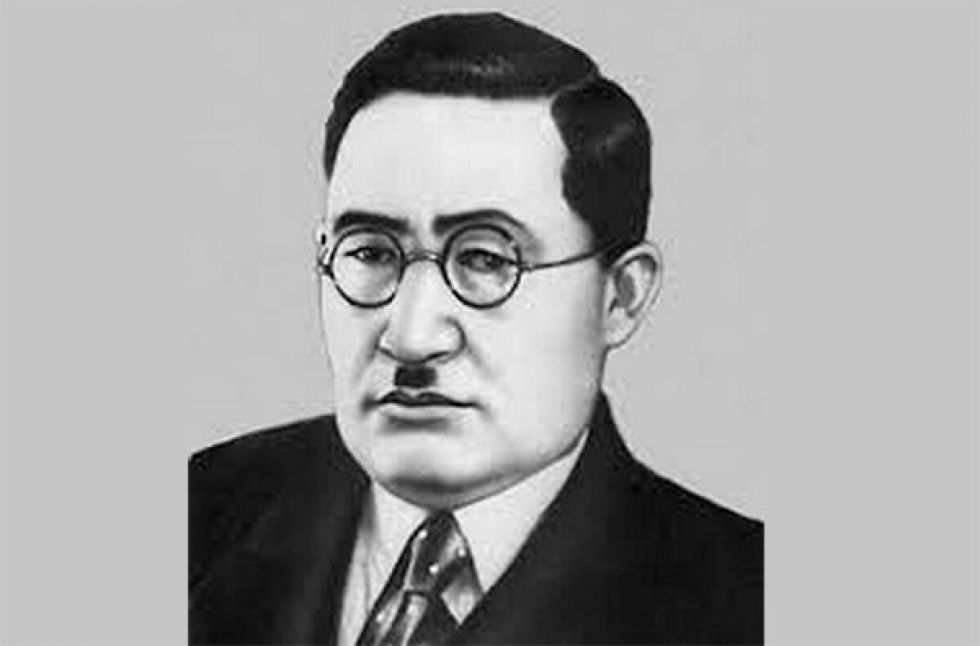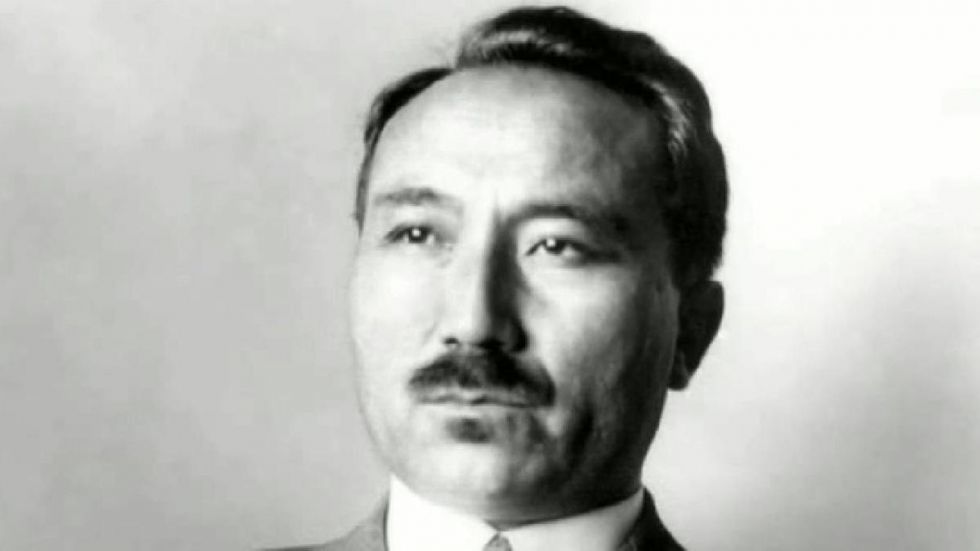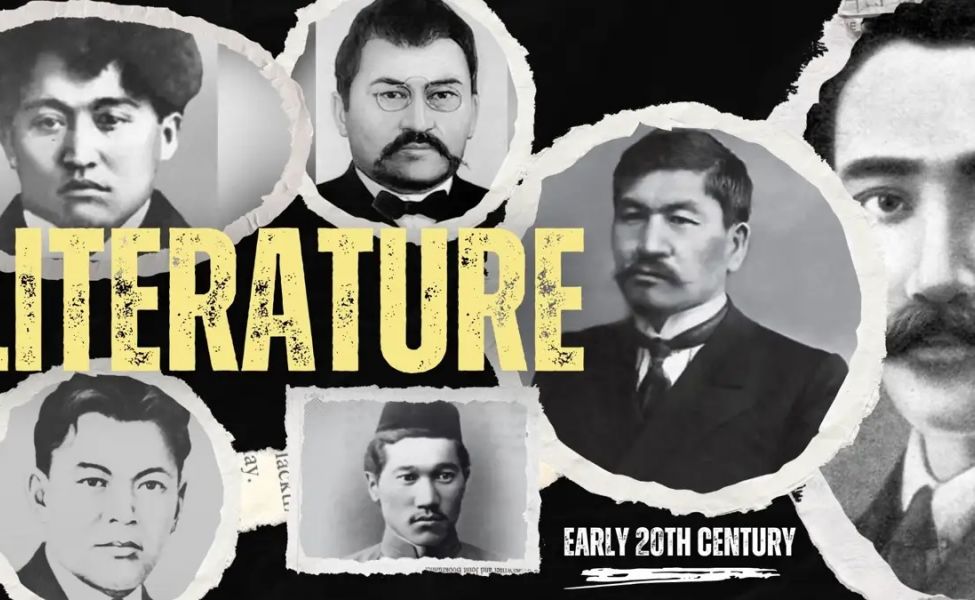
Kazakh literature of the early 20th century is enriched by these and many other influential figures and works
Earlier, we explored the golden age of Kazakh literature in the 19th century, delving into the contributions of its great writers and their role in shaping the nation's cultural identity. Now, we turn our attention to the early 20th century — a period marked by dramatic social and political upheavals that deeply influenced Kazakh literature, Kazinform News Agency correspondent reports.
Literature of the early 20th century
In the early 20th century, Kazakh society underwent significant transformations driven by revolutionary changes and the subsequent establishment of Soviet power. These events profoundly altered the political, economic, and social fabric of the Kazakh people.
Traditional systems and social structures were gradually reshaped under the influence of new political and economic conditions. During this time, a new generation of leaders emerged, determined to preserve cultural heritage while adapting it to the evolving realities.
One notable result of this period was the emergence of the Alash Party, born from the national movement of the Kazakh intelligentsia. Its members advocated for the rights of the Kazakh people to land, self-governance, the preservation of their language, and the protection of national culture and traditions.
Alikhan Bukeikhanov and Alash Party
Alikhan Bukeikhanov (1866–1937), leader of the Alash movement, played a pivotal role in shaping national consciousness through his journalistic and scholarly works. In addition to his political activities, he actively promoted culture and science, shedding light on historical topics and fostering the development of Kazakh literature.
The Alash Orda movement is also closely associated with prominent figures such as Akhmet Baitursynov, Mirzhakyp Dulatov, Mukhamedzhan Tynyshpayev, and others.
Akhmet Baitursynov and the Kazakh alphabet
Akhmet Baitursynov (1873–1938) was a poet, linguist, writer, turkologist, publicist, educator, translator, and public figure. He created a Kazakh alphabet based on Arabic script and authored the first Kazakh primer. As the editor of the newspaper Qazaq, he laid the foundation for modern Kazakh journalism.
His first published literary collection, "Qyryq Mysal" ("Forty Fables," 1909), was a poetic translation of Ivan Krylov's fables into Kazakh. His second book, "Masa" ("The Mosquito," 1911), encapsulated his civic ideals—awakening the nation to the values of knowledge, diligence, art, and culture. Using the metaphor of a mosquito to symbolize an irritant that stirs people into action, Baitursynov called for an end to ignorance, apathy, and neglect.
Mirzhakyp Dulatov and the first Kazakh novel
Mirzhakyp Dulatov (1885–1935) was a Kazakh educator, public figure, poet, and writer. In 1909, he published his first poetry collection, "Oyan, Qazaq!" ("Awaken, Kazakh!"), which served as a call from the Kazakh intelligentsia to the people.
His debut novel, "Baqytsyz Zhamal" ("Unfortunate Zhamal," 1910), became the first work of modern Kazakh prose. It tells the story of a young woman, Zhamal, who fights for happiness but becomes a victim of societal traditions and patriarchal norms.
Magzhan Zhumabaev and mastery of lyric poetry
Magzhan Zhumabaev (1893–1938) gained renown for his delicate lyrical poetry and philosophical reflections, heavily influenced by Abai's work. Unlike his predecessor, Zhumabaev’s poetry focused on the beauty of words and rhythm rather than moralizing.
He introduced new poetic forms to Kazakh literature, such as free verse and prose poetry. His first poetry collection, "Sholpan" (1912), marked the beginning of his literary career. Zhumabaev’s most productive years were in the 1920s, when he wrote the historical poem "Batyr Bayan" and other notable works such as "My Desire" and "Confession."
His poetry often celebrated the beauty of Kazakh women and the homeland's nature.
Magzhan Zhumabayev also dedicated himself to teaching, laying the foundation for Kazakh pedagogy.
Ilyas Zhansugurov and the encyclopedia of nomadic life
Ilyas Zhansugurov (1894–1938) left a remarkable legacy in Kazakh poetry, prose, and drama. He began writing poems in his youth, often improvising with the dombra. Kazakh poet and writer also became the first chairman of the Union of Writers.
Zhansugurov’s most renowned works are the poems “Steppe” (1930) and “Kulager” (1937). “Steppe” portrays the history of the native land, while “Kulager” is dedicated to the 19th-century singer and poet Akan Seri and the tragic death of his horse, Kulager, who was killed out of jealousy during a race. “Kulager” is often regarded as an encyclopedia of nomadic life, offering a detailed depiction of Kazakh culture, traditions, and the everyday lives of the people.
Saken Seifullin and the Writers' Union
Saken Seifullin (1894–1938), a poet, writer, and public figure, was one of the founders of modern Kazakh literature. He revolutionized Kazakh poetry by introducing new themes and forms and founded Kazakh Union of Writers.
His contributions to literature extended to collecting and studying Kazakh folklore, with works such as "Samples of Ancient Kazakh Literature" and "The Batyrs." Seifullin also authored one of the first research works on Kazakh literature and participated in creating school textbooks.
Beimbet Mailin and themes of social justice
Beimbet Mailin (1894–1938) was a prominent Kazakh writer, poet, and playwright whose works spanned multiple genres. He focused on the lives of ordinary people, addressing issues of freedom, equality, and social justice. Through characters like Mirkymbai, Mailin depicted the hardships and struggles of the poor with realism and depth. His poems, including "Baydyn qyzy" ("The Rich Man's Daughter") and "Raziyah qyz" ("Raziyah the Girl"), highlighted the fight for women's rights and equality.
Kazakh literature of the early 20th century is enriched by these and many other influential figures and works. In the future, we will explore the literary achievements of later periods and their outstanding authors.
Photo credit: Wikimedia, YouTube / Наталья Тележинская, e-history.kz, сollage credit: Canva.
YOU CAN SHARE YOUR OPINION AND DISCUSS THE ARTICLE ON OUR TELEGRAM CHANNEL!




